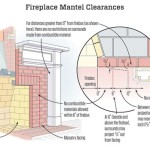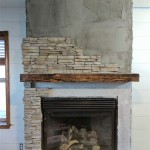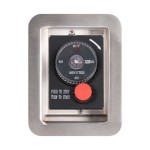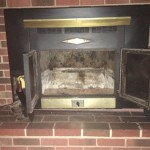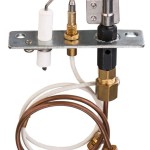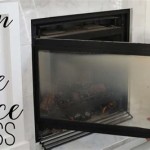Lava Rock for Outdoor Fireplace: An Essential Guide
Lava rock, volcanic rock formed from rapidly cooled lava, is an increasingly popular choice for outdoor fireplaces due to its unique properties and aesthetic appeal. Here's a comprehensive guide to the essential aspects of lava rock for outdoor fireplaces.
Benefits of Lava Rock
Lava rock offers several benefits for outdoor fireplaces, including:
- Heat Retention: Its porous structure traps air, allowing it to absorb and retain heat effectively, resulting in extended warmth.
- Durability: Lava rock is highly durable and resistant to extreme temperatures, ensuring longevity and reducing the need for replacements.
- Aesthetics: The natural, rugged texture and earthy hues of lava rock add an organic and visually appealing element to outdoor spaces.
- Gas Savings: Lava rock absorbs and releases heat efficiently, resulting in reduced gas consumption and increased energy savings.
Types of Lava Rock
Lava rock comes in various sizes, shapes, and colors. The most common type is pea gravel, which consists of small, round pebbles. Other options include crushed lava rock, available in larger pieces, and cobblestones, which are larger, irregular-shaped rocks.
Choosing the right size and shape depends on the size and style of your fireplace. Smaller rocks are easier to handle and provide a more traditional look, while larger rocks can create a more rustic ambiance.
Installation and Maintenance
Installing lava rock is relatively straightforward. Here are the steps:
- Clean the fireplace and ensure it's free from debris.
- Spread a layer of sand or gravel at the bottom of the fireplace for drainage.
- Place the lava rock over the sand or gravel, ensuring there are no gaps or voids.
- Arrange the lava rock to create a pleasing appearance and leave space for airflow.
- Check the lava rock periodically and replace any damaged or broken pieces.
Regular cleaning is essential to maintain the performance and aesthetics of your lava rock fireplace. Use a brush to remove dust and debris, and avoid using harsh chemicals that could damage the rock.
Aesthetics and Design
Lava rock can be used to create a variety of fireplace designs. A traditional arrangement involves stacking the lava rock in a pyramid-shaped mound. Alternatively, you can spread the lava rock evenly or create a more modern look with rectangular or circular patterns.
To enhance the aesthetics, consider adding lava glass or fire glass to complement the lava rock. These decorative materials add visual interest and create a shimmering effect when heated.
Conclusion
Lava rock is a versatile and beneficial material for outdoor fireplaces. Its heat retention properties, durability, and natural beauty make it an excellent choice for those seeking an efficient and visually pleasing outdoor heat source. By following the tips outlined in this guide, you can create a beautiful and functional lava rock fireplace that will enhance your outdoor space for years to come.

Lava Rock 10 Things To Know About Fire Pit Rocks Buyer S Guide 2024

Fire Pit Media Lava Rock Glass Woodlanddirect Com

Modern Fire Pits Toppings Part 2 The Options Firepits

Red Lava Rock 3 4 Volcanic For Fire Pits Amp Fireplaces 10 Pounds Com

Lava Rock 10 Things To Know About Fire Pit Rocks Buyer S Guide 2024

Red Lava Rock 3 4 Volcanic For Fire Pits Amp Fireplaces 10 Pounds Com

Fire Feature Lava Rock Pit Artistic Group Inc St Louis Mo Glass With Rocks

Built My Own Fire Pit With Recycled Landscape Stones And Lava Rock Landscaping Rocks Backyard Remodel

Lava Rock 10 Things To Know About Fire Pit Rocks Buyer S Guide 2024

Sunnydaze Decor 30 In Round Fiberglass Propane Gas Fire Pit With Lava Rocks War 993 The Home Depot
Related Posts

